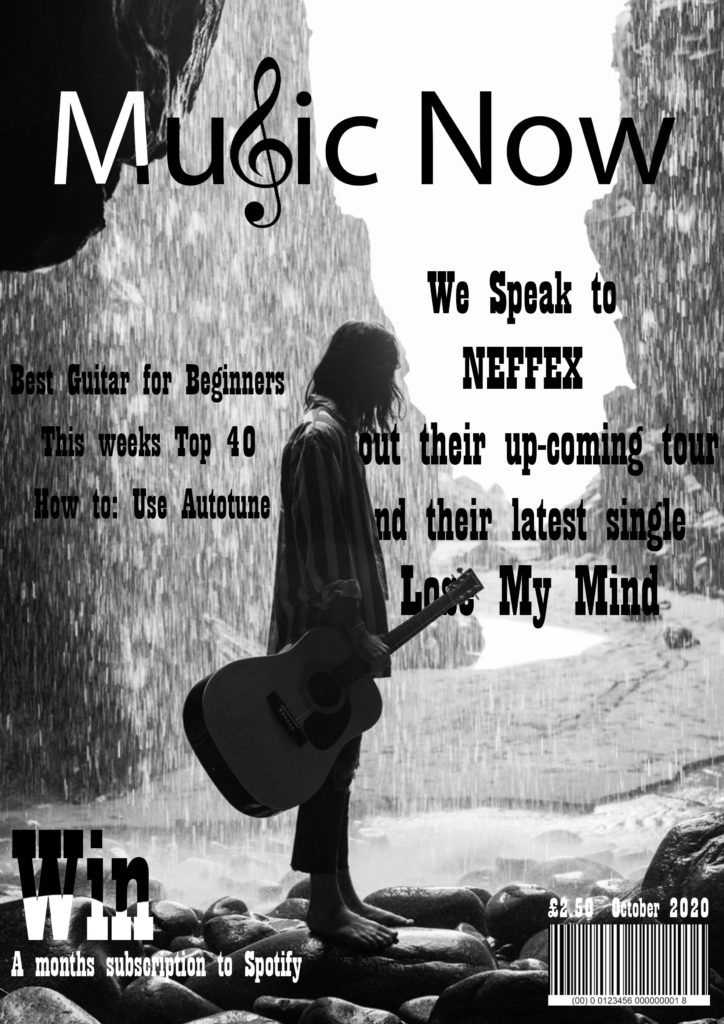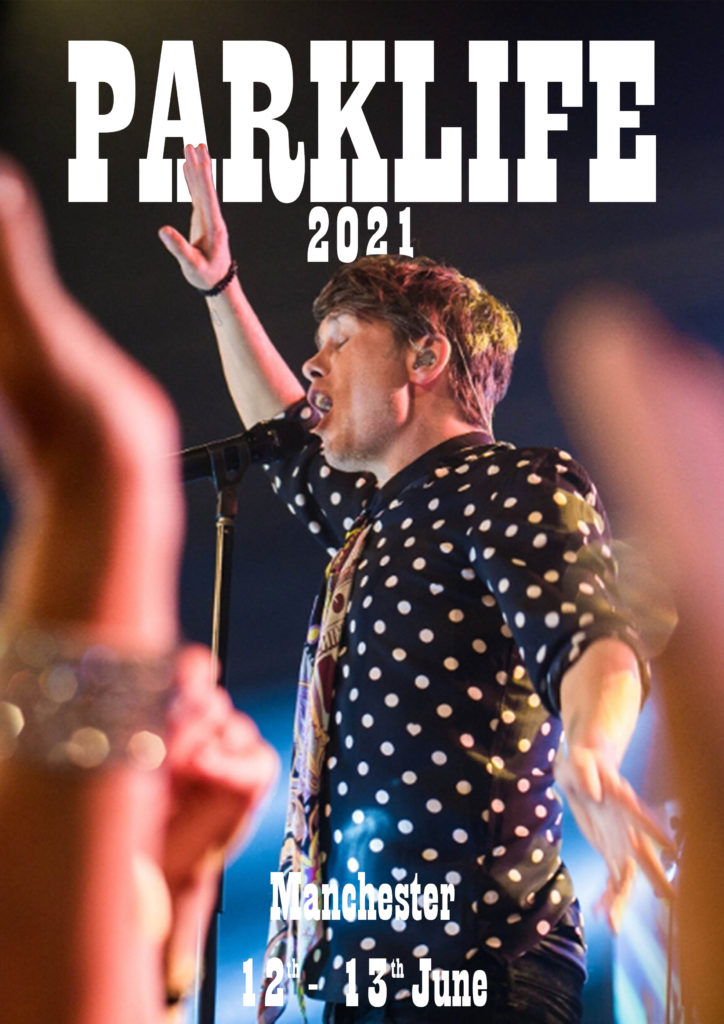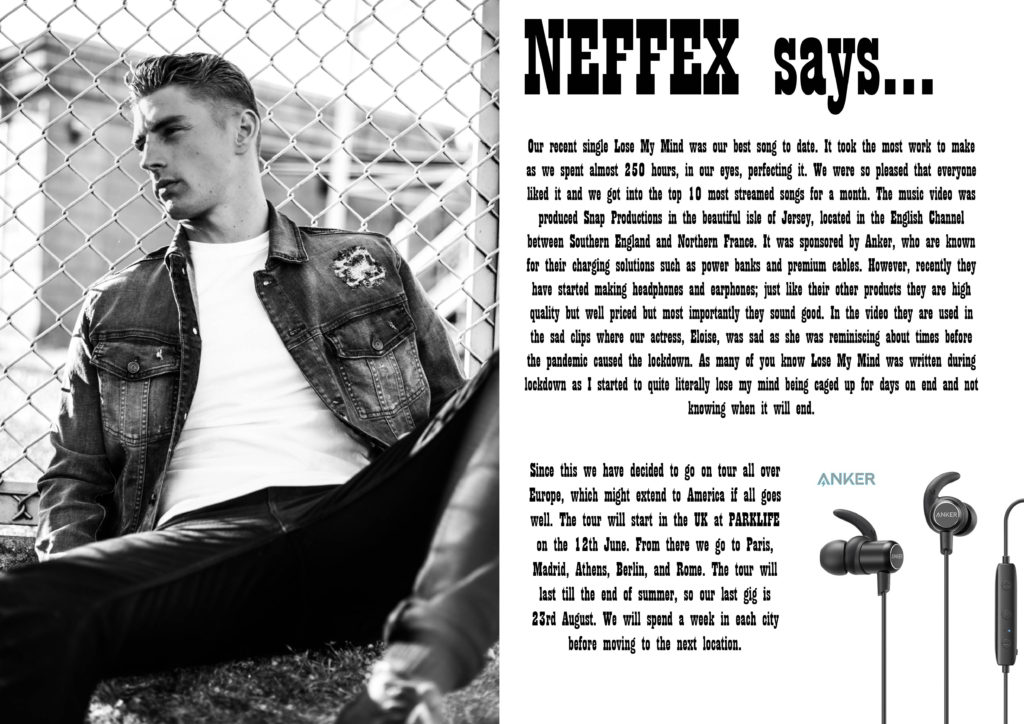Behaviour conditioning first thought of by B.F. Skinner. He said that we can change behaviour. He got pigeons to read by giving them an instruction through a word, they learnt to do what the word said as if they did they got a reward (food). The gives a fake idea of free will as he puts it “the fiction of free will” which suggests that over time we get used to do something so we think that we are choosing to do something however it has be feed into us over time so that we do something out of habit. An example of it is when a phone *dings* almost every teenager will instantly look at it to see who has messaged them or what has happened so we think that we are looking out of choice but really phone manufacters have made phones do that so that they use their product often and rely on it. Another example would be homework as we do not have to do it however if we do it we will not get punished so we doing it to avoid punishment and over time we just do it as we get used to it.
Propaganda appears overtly political and manipulative however Persuasion often appears invisible at first however over time it suggests stuff and manipulates you. This is essentially a form of behaviour management (see above).
Hypodermic model = direct injection = massive audience
Shoshana Zuboff wrote a book (The Age of Surveillance Capitalism) about “various forms of persuasion are used to stimulate certain types of behaviour while suppressing others”. She also said “Technology has begun to develop new methods of behaviour control capable of altering not just an individual’s actions but their very personality and manner of thinking”.
Lasswell – Hypodermic Model (Passive Consumption) – 1920s-30s
Harold Lasswell developed the theoretical took of “content analysis” and in 1927 he wrote Propaganda Technique in the World War which highlighted the brew of ‘subtle poison, which industrious men injected into the veins of a staggering people until the smashing powers . . . knocked them into submission’. Lasswell, as a behavioural scientist researching areas connected with political communication and propaganda, believed each government had ‘manipulated the mass media in order to justify its actions’ in World War 1 (2019 reprint – page 122).
in 1948 he developed a linear model of communication, one that breaks down the line of communication from point A to point B, in which the SENDER is transferring a MESSAGE, through a MEDIUM (eg Print, radio, TV, etc) that has a direct effect on the RECEIVER.
Example – Jill Colvin (Sender) Trump will loose the election but Biden cannot afford a victory lap (Message) Newspaper – The I – 19th October 2020 – Page 15 (Medium) Readers of The I (Reciever) To get people to vote Biden by stating that Trump is bad as he uses fear tactics (Feedback).
Shannon and Weaver – Transmission Model of Communication – 1940s
Lasswell’s Hypodermic model was adapted by Shannon and Weaver in 1949, as the Transmission model of Communication, which included other elements, such as NOISE, ERROR, ENCODING and FEEDBACK. In other words, Lasswell’s model is not reliable as the process of sending and receiving a message is clear-cut, predicable or reliable and is dependent on a range of other factors that need to be taken into consideration.
Lazarfeld – Two Step Flow of Communication (Active Consumption) – 1940s-50s
At the same time Paul Lazarfeld recognised that a simple, linear model may not be sufficiently complex to understanding the relationship between message sent > message received. As such, in 1948 he developed the Two Step Flow model of communication, which took account of the way in which mediated messages are not directly injected into the audience, but while also subject to noise, error, feedback etc, they are also filtered through opinion leaders, those who interpret media messages first and then relay them back to a bigger audience.
As Martin Moore suggests, ‘people’s political views are not, as contemporaries thought, much changed by what they read or heard in the media. Voters were far more influenced by their friends, their families and their colleagues’ (2019:124).
Think for example, of the role of the journalist or broadcaster whose job it is to inform the public. Think further about the role of key individuals in society, teachers, doctors, trade union leaders, your boss at work, parents, friends and family all of whom are capable of exerting an influence on the process of communication, making it subject to bias, interpretation, rejection, amplification, support and change.
Katz, Gurevitch & Haas – Uses and Gratifications (Active Selection) – 1960s
The distinction is this approach is rather than categorising the audience as passive consumers of messages, either directly from source, or from opinion leaders, this theory recognises the decision making process of the audience themselves. As Elihu Katz explains the Uses and Gratifications theory diverges from other media effect theories that question: what does media do to people?, to focus on: what do people do with media?
Research into this area began with Denis McQuail and Jay Blumler, who in 1969, looked to study the 1964 UK Election. In the early 1970’s they were joined by Elihu Katz, Joseph Brown, Michael Gurevitch and Hadassah Haas. In essence, they put forward research to show that individual audience members are more active than had previously been thought and were actually key to the processes of selection, interpretation and feedback. In essence, individuals sought particular pleasures, uses and gratifications from individual media texts, which can be categorised as:
- information / education
- empathy and identity
- social interaction
- entertainment
- escapism
It is suggested that much of this research was informed by Maslow’s Heirarchy of Needs (1954), which argues that people actively looked to satisfy their needs based on a hierarchy of social and psychological desires. Maslow’s thinking was centred around Humanistic psychology. According the web page ‘Humanist Psychology’ (link here) the basic principle behind humanistic psychology is simple and can be reduced to identify the most significant aspect of human existence, which is to attain personal growth and understanding, as ‘only through constant self-improvement and self-understanding can an individual ever be truly happy‘.
Skinner – Behavioural-Modification Research
The media make articles that will sell so they make articles that the readers want about current affairs that they want to know about. This allows them to achieve more sales. (See top of post for more)
Gerbner – Cultivation Theory – 1970s
George Gerbner’s cultivation theory suggests that the more you show people something the more they start to believe it. The media use this to get readers to read a “easy-read” article (e.g. about celebrities) but next to it they will put an article that puts their views across (e.g. an article about Trump and the election).
Hall – Theory of Preferred Reading – 1980s
At around the same time Stuart Hall, working at the Centre for Contemporary Cultural Studies (CCCS), at the University of Birmingham, was also developing a critical theory that looked to analyse mass media communication and popular culture as a way of both uncovering the invidious work of the State and Big Business, as well as looking for ways of subverting that process. Hall was working at a time of great societal upheaval and unrest in the UK and was therefore committed to understand the relationship between power, communication, culture, control and . . . behaviour management.
As presented earlier, ‘where other media theorists argue that messages are imposed on people from above, Hall said power is not as simple as that‘. Hall suggested that power, control and therefore, behaviour management cannot be exerted directly, wilfully and without resistance. Towards this aim he proposed the encoding/decoding model of communication, or the theory of preferred reading, where individuals are not only active in the process of interpretation and the construction of meaning, but they are also able to dismiss and reject dominant messages. Although it could be argued that we all take up different readings of different media, Hall proposed three distinct positions that could be occupied by individual viewers, determined, more or less on their subject identities.
- A dominant position accepts the dominant message
- A negotiated position both accepts and rejects the dominant reading
- An oppositional position rejects the dominant reading
This view presents people as producers and consumers of culture at the same time. It means they are active in the making (or rejecting) of meaning through mass communication. An example, of this came from the Nationwide project, an influential media audience research project conducted by the Centre for Contemporary Cultural Studies (CCCS), in the late 1970s and early 1980s. Its principal researchers were David Morley and Charlotte Brunsdon but clearly this came under focus of audience research developed by Hall. The BBC television current affairs programme Nationwide was selected to study the encoding/decoding model, as part of reception theory, and was concerned with ‘the programme’s distinctive ideological themes and with the particular ways in which Nationwide addressed the viewer‘. (Moores, 1993, p.19)
Shirky – The End of Audience – 2000s
To bring this summary of different audience approaches towards a conclusion, would be to look at Clay Shirky‘s notion of the end of audience. Because what could happen if, instead of the choice of three subject positions as offered by the theory of preferred reading, there were limitless, individual subject positions available to all of us, at any time, in any place, from any perspective? A position which allowed us to produce our commentary and communication on the outside world, while still maintaining the ability to comment, feedback, accept or deny those who choose to interpret the outside world for us?
In many ways, Shirky is not too removed from the work of Hall, prioritising the power of individual agency in the relationship between audiences and institutions, for example, recognising how the audience can be both producers and consumers of media text. This can be realised in the realm of new (interactive) communication media, where individual communications can be made in what appears to be beyond State or commercial control and interest.
In a TED talk from 2013, Shirky stated that, ‘the more ideas there are in circulation, the more ideas there are for any individual to disagree with.’ In other words, Shirky makes claim for the emancipation gained from new media technologies, liberating individual consumers from the behavioural management techniques of the State that were positioned as problematic by Hall, Althusser, Chomsky and others. A position that is the revolution of new media technologies, which in many holds similarities with the introduction of the printing press in the 1500’s, a potential to transform the working machinery of public discourse and to reinvigorate democracy (re: Habermas and the Transformation of the Public Sphere).
Shirky’s ideas are supported by Henry Jenkins, another advocate of participatory, on-line communication, which he sees as providing new spaces for individuals to become active and creative in the process of mass mass media. ‘We may not overturn entrenched power . . . What they are talking about is a shift in the public’s role in the political process. . . toward the collaborative concept of a monitorial citizen‘ (2008, p. 219).
New Technology. Old Tricks? – 2010s
However, as many are now coming to recognise, although, ‘it was impossible to imagine the means of behavioral modification as anything other than owned and operated by the government‘. Very few saw that the project would ‘resurface in a wholly unexpected incarnation as a creature of the market, it’s unprecedented digital capabilities, scale, and scope now flourishing under the flag of surveillance capitalism.’ (Zuboff, 2019 p.325)
The arena of digital intrusion, of excessive, experimental and at times, unlawful, data mining is the subject of another post. It is enough perhaps to end on this lengthy quote from Zuboff, which seems to summarise the current concerns around media communication technologies, the role of those in power to adjust and manipulate our behaviour and ultimately the future of human freedom and individual liberty.








